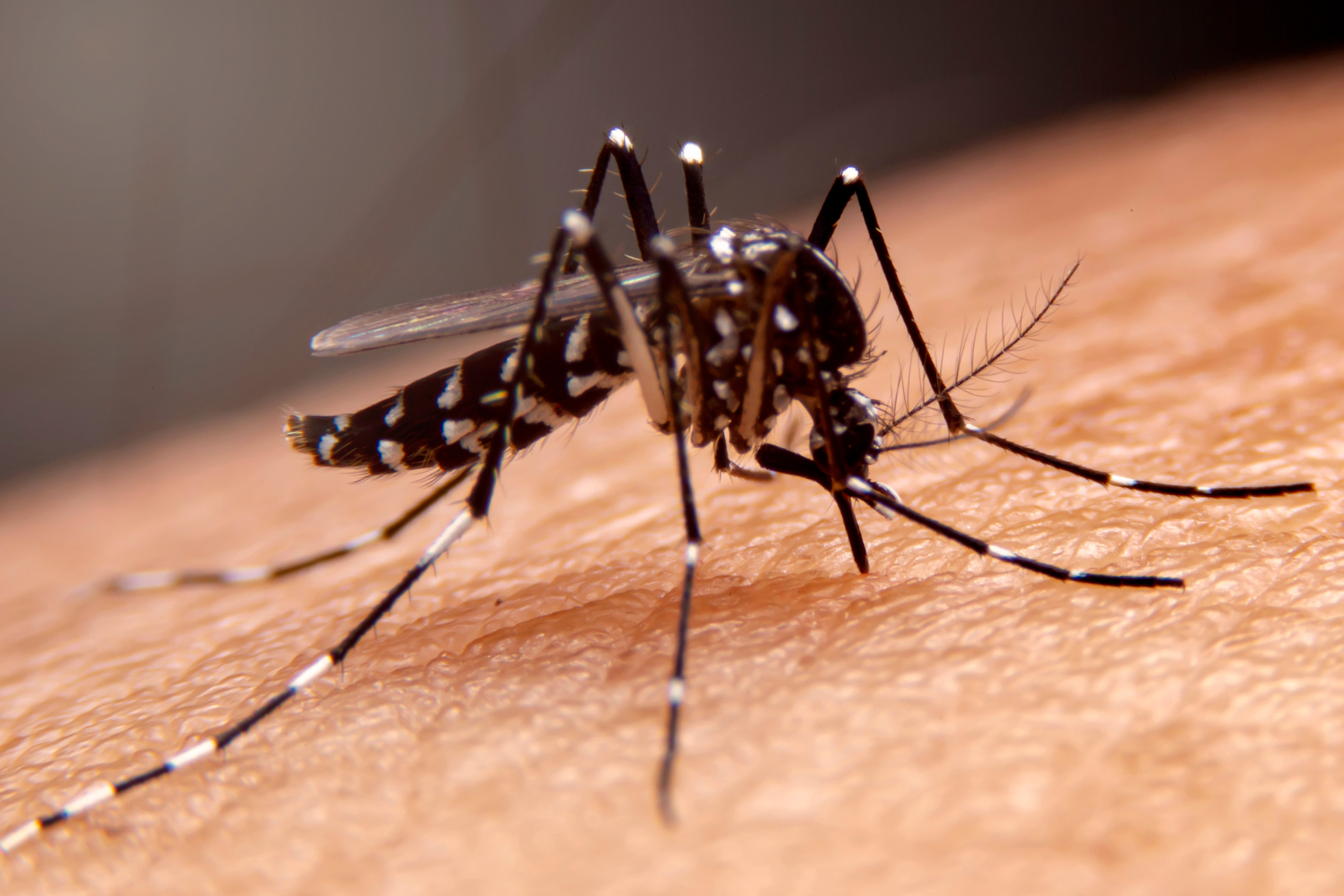 This work was done in collaboration with Safe Software partner GIS Innovation Sdn Bhd
This work was done in collaboration with Safe Software partner GIS Innovation Sdn Bhd

Preparing dengue data with the StatisticsCalculator transformer
Dengue data were collected from the Malaysian Ministry of Health website. This data, available as PDF files, required additional processing to suit our research requirements. Retrieved data included addresses, years, weeks, total case numbers, and weekly average new case numbers for dengue in Malaysia.
The StatisticsCalculator was the first transformer employed after data retrieval and cleaning. It facilitated data classification by state, year, and week, exporting the data in Excel format. The chosen output format was primarily for charting in MS Excel. The same transformer computed values such as mean, sum, and standard deviation.
Geocoding the dengue data with GoogleGeocoder transformer
All dengue data were collected and compiled into a Microsoft Excel file. Using the GoogleGeocoder transformer, the data was geocoded and converted into point objects stored as Esri Shapefiles.
Processing moon phase data with DateTimeCalculator and DateTimeConverter transformers
Moon phase data was downloaded from the “Time and Date” website (freely available for download). As the moon phase data start from a specific date, converting the dengue cases from their actual dates and grouping them by moon phase was challenging. Processing the data required tedious arrangement of elements and standardizing temporal data.
Utilizing the DateTimeCalculator and DateTimeConverter tremendously aided in data classification and conversion of dates to days of the week.

The moon phase data comprises dates marking the beginning of each phase (New Moon, First Quarter, Full Moon, Last Quarter). Employing FME, the moon phase for the first week of each month was retrieved. This technique enabled the calculation of the week number for each moon phase. Refer to Table 1 below.
Weather Data
Precipitation and temperature were the weather variables considered in this study. According to the literature study, temperatures between 28 °C and 32 °C were associated with the highest odds of dengue transmission. Since Malaysia’s temperatures are typically over the threshold, it was assumed that this variable had to be ignored because Malaysia’s climate is conducive to mosquito development and activity. If the model needs to be utilized in other nations, such as Hong Kong, where temperatures fluctuate greatly, this temperature might be taken into account. For such data filtering, the Tester is always the transformer of choice.
Land Use Data
Land Use data was considered, and it goes without saying that FME assisted in the creation of maps with simple operations like the Clipper transformer or even the Reprojector to reproject data from MRSO to WGS84. Other geospatial processing transformers were utilized by fanning out the data, which is a method of breaking the data down into smaller data depending on a field’s unique values.
Parameters Calculation
There are different ways to manipulate data from one field using another or just to compare data, the transformer primarily used to divide data is the Tester. Other transformers such as the AttributeManager can be used alongside the ExpressionEvaluator which was used for different data manipulation and calculation. The ExpressionEvaluator is a powerful transformer that helps to input your own algorithm to process numbers and get results no matter what your methodology would be.
Conclusion
This study demonstrated how FME helped in the research for dengue outbreak predictions by processing and analyzing large datasets. The integration of various data types and the use of specific transformers facilitated a comprehensive analysis, leading to the development of predictive models. FME’s capabilities in data cleaning, processing, and manipulation were crucial in achieving the research objectives, showcasing its endless possibilities.




